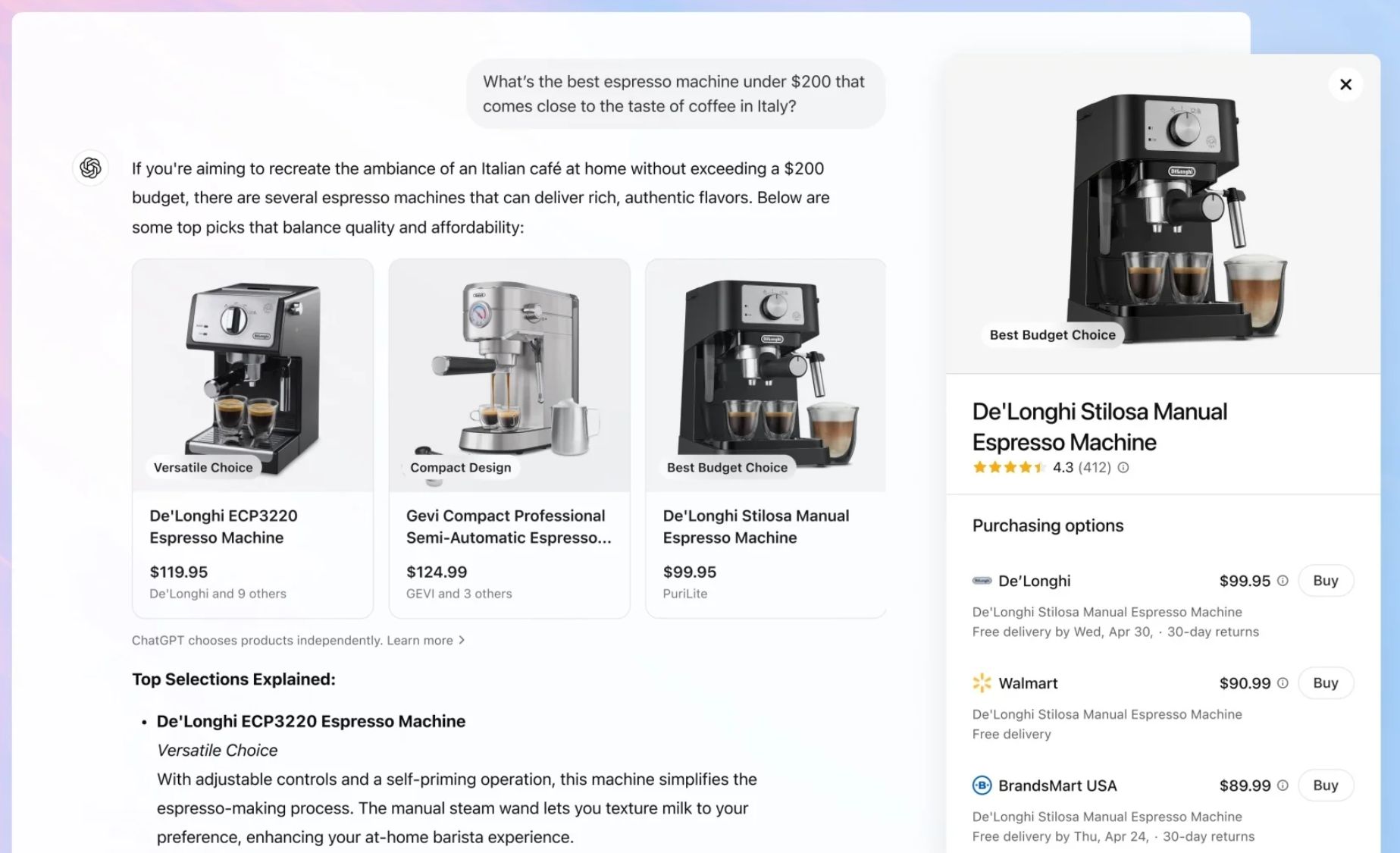As artificial intelligence reshapes industries, few changes are as visible or as commercially disruptive as the evolution of online shopping. OpenAI’s rollout of new shopping features within ChatGPT marks a pivotal moment in the ecommerce landscape. These enhancements focus on personalized recommendations, intuitive user experiences, and global accessibility, all delivered through a conversational interface designed to simplify and elevate product discovery.
For businesses, this is not just a new tool, it’s a shift in how consumers will engage with brands, make purchasing decisions, and navigate the buying journey.
